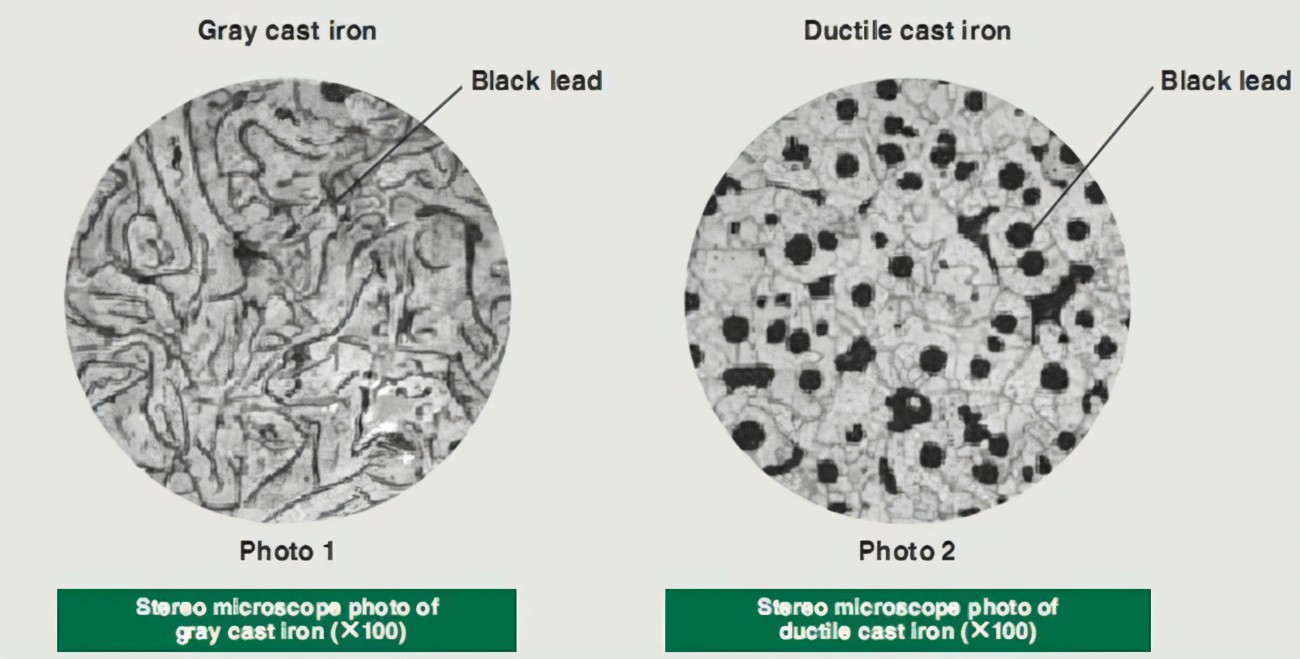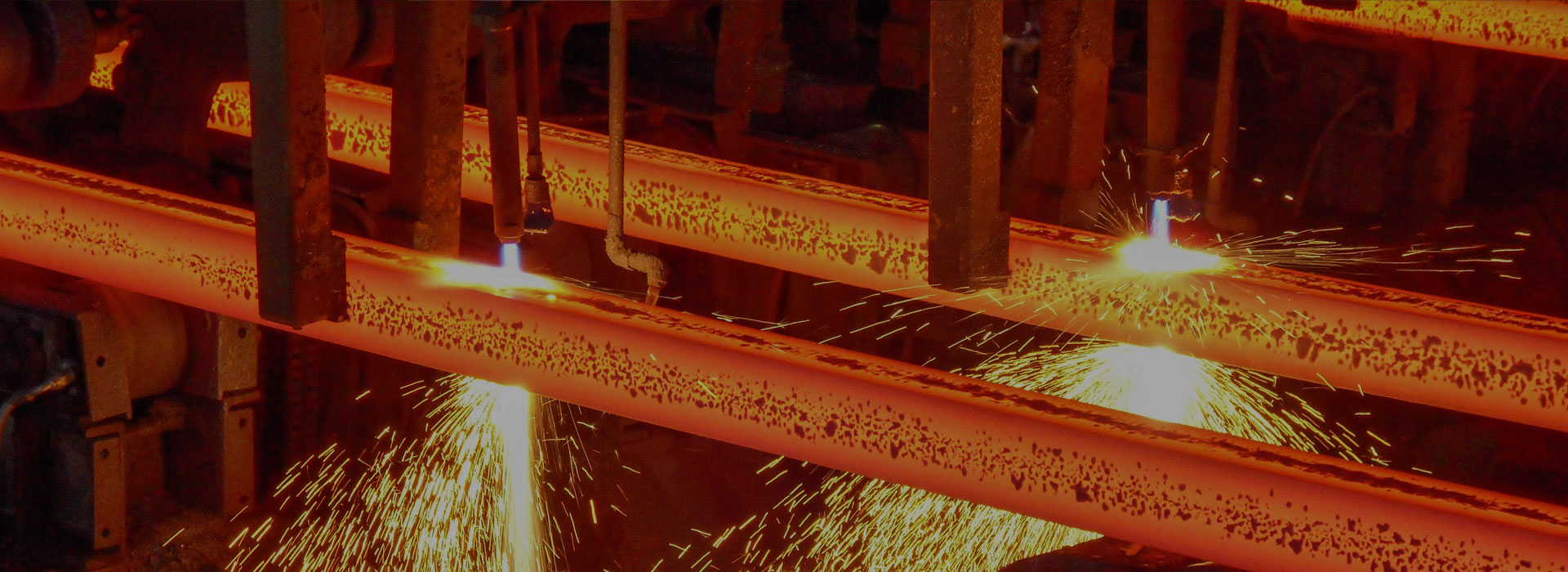The differences between grey iron and ductile iron
2023-11-06
Grey iron and ductile iron are two of the most commonly used materials in the manufacturing industry. While they may look similar, they have distinct differences in their properties and applications. In this article, we will explore the differences between grey iron and ductile iron.
1. Composition
Grey iron is composed of carbon, silicon, and iron. It has a high carbon content, which gives it its characteristic grey color. Ductile iron, on the other hand, has a similar composition to grey iron but with the addition of magnesium. This gives it its ductile properties.
2. Strength
Grey iron is brittle and has low tensile strength. It is not suitable for applications that require high strength and toughness. Ductile iron, on the other hand, has high tensile strength and is more ductile than grey iron. It can withstand high stress and is suitable for applications that require high strength and toughness.
3. Machinability
Grey iron is easy to machine due to its low ductility. It can be easily cast and machined into complex shapes. Ductile iron, on the other hand, is more difficult to machine due to its high ductility. It requires specialized tools and techniques to machine.
4. Corrosion Resistance
Grey iron is prone to corrosion due to its high carbon content. It is not suitable for applications that require high corrosion resistance. Ductile iron, on the other hand, has better corrosion resistance due to the addition of magnesium. It is suitable for applications that require high corrosion resistance.
5. Applications
Grey iron is commonly used in applications that do not require high strength and toughness, such as pipes, engine blocks, and brake drums. Ductile iron, on the other hand, is commonly used in applications that require high strength and toughness, such as gears, crankshafts, and suspension components.
Grey iron and ductile iron have distinct differences in their properties and applications. Grey iron is brittle, easy to machine, and prone to corrosion, while ductile iron is more ductile, difficult to machine, and has better corrosion resistance. Understanding these differences is important in selecting the right material for a specific application.




